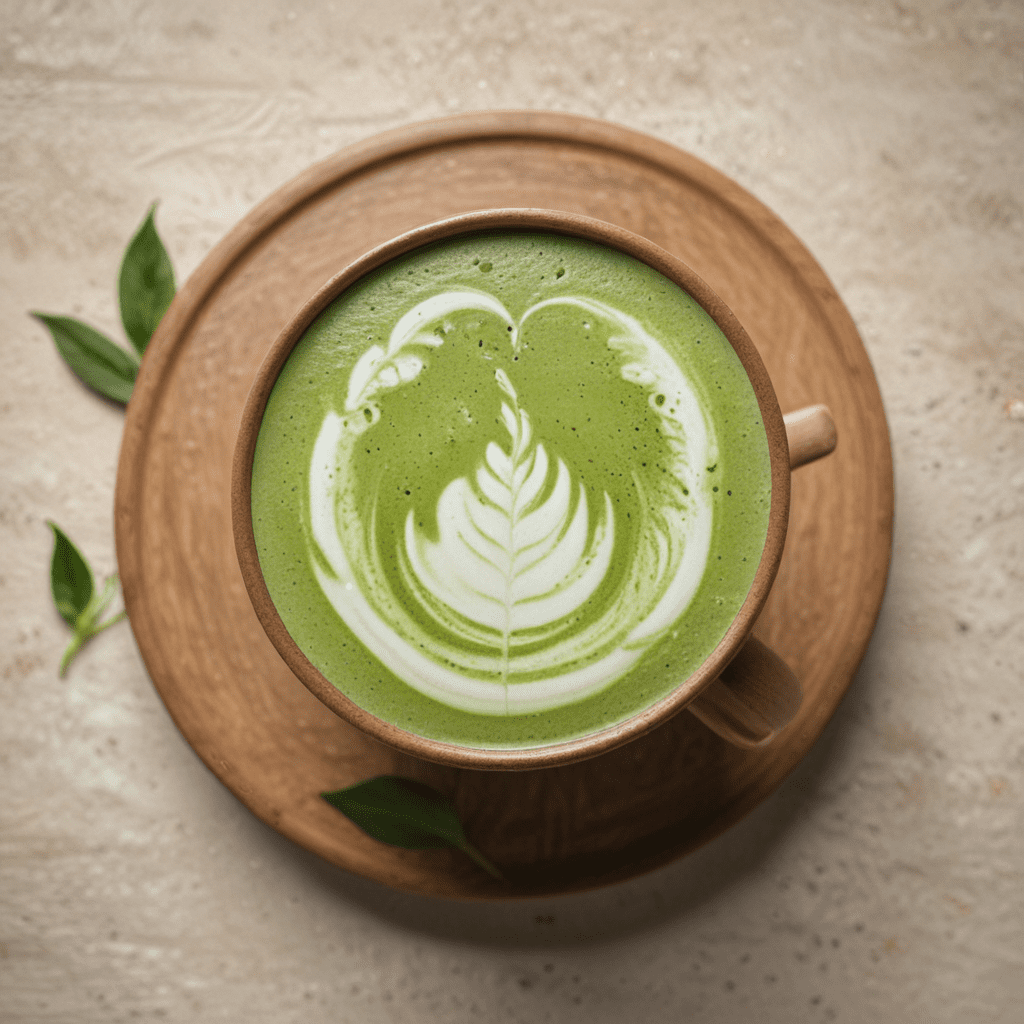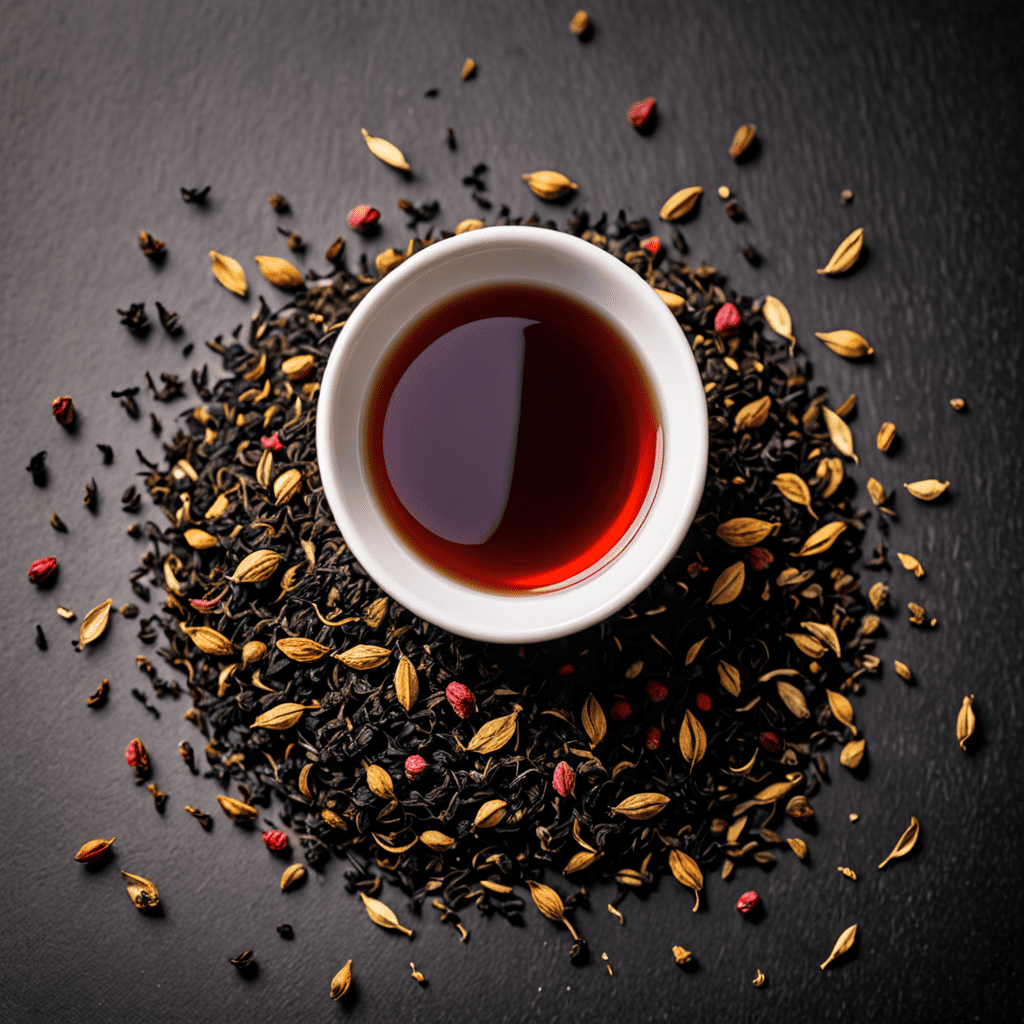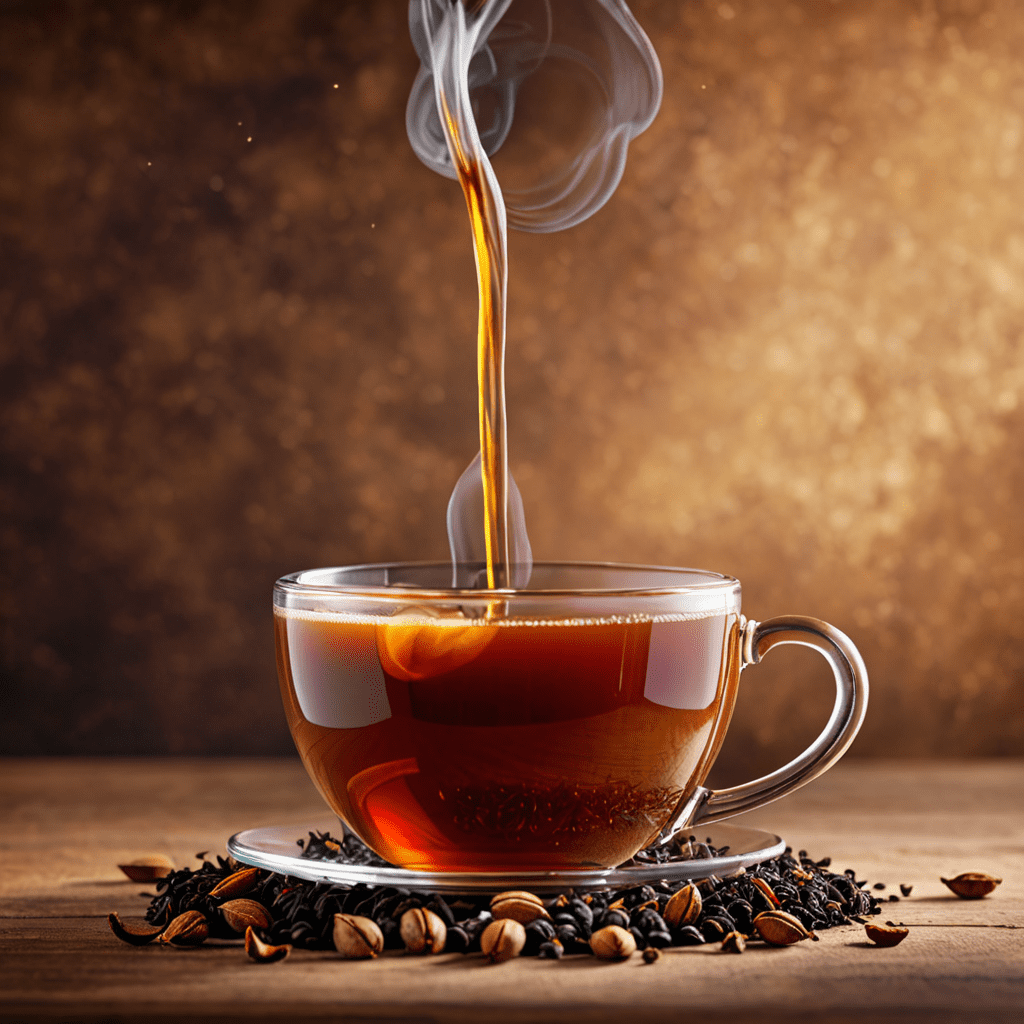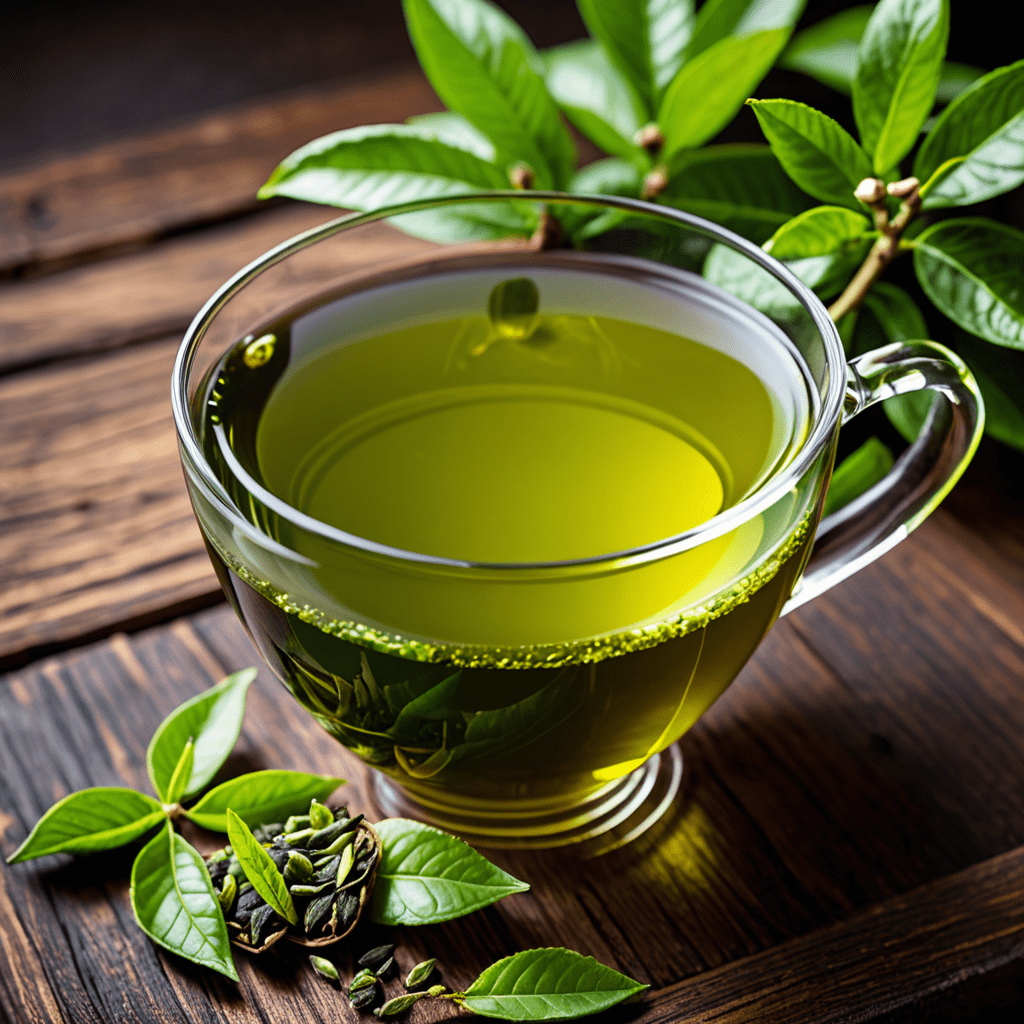
Introduction: The Allure of Matcha Latte Art
In the realm of beverages, where flavors and aesthetics intertwine, matcha latte art has emerged as a captivating form of culinary expression. This mesmerizing art form, rooted in the ancient tradition of Japanese tea ceremony, transforms the humble matcha latte into an artistic masterpiece, capturing the essence of tranquility and precision. With its verdant hues and delicate designs, matcha latte art invites us to savor not only the taste but also the visual beauty of this beloved beverage.
Origins and History: Tracing the Roots of Matcha
The origins of matcha latte art can be traced back to the traditional Japanese tea ceremony, known as chanoyu. This centuries-old practice emphasizes the meticulous preparation and ritualistic serving of matcha, a finely ground green tea powder. Matcha, renowned for its vibrant color and earthy flavor, has been an integral part of Japanese culture for centuries, playing a central role in both social and spiritual gatherings. As the popularity of matcha spread beyond Japan's borders, so too did the art of matcha latte art, finding a new canvas for expression in the frothy milk of the modern-day latte.
Understanding Matcha Powder: The Key Ingredient
At the heart of matcha latte art lies the exceptional matcha powder. This finely ground green tea powder, made from shade-grown tea leaves, boasts a vibrant emerald hue and a distinctly earthy, slightly sweet flavor. The unique characteristics of matcha powder stem from its high chlorophyll content, a result of the extended period of shade cultivation. This process not only enhances the tea's nutritional value but also contributes to its distinctive umami-rich flavor profile and deep green color. When whisked with hot water, matcha powder creates a smooth and frothy liquid, providing the perfect base for creating intricate designs.
Creating a Perfect Frothed Milk: The Foundation
Just as the canvas is to a painter, steamed milk forms the foundation upon which matcha latte art is created. Perfectly frothed milk provides the smooth and stable surface necessary for intricate designs. The ideal froth should be velvety, with a microfoam texture that allows for precise pouring and shaping. Achieving this consistency requires careful control of temperature and technique. Steaming the milk too hot can result in large bubbles and an uneven texture, while under-steaming will produce a thin and watery froth. The key is to find the optimal temperature, typically between 150-160 degrees Fahrenheit, and gently aerate the milk using a steam wand or French press.
Pouring Techniques: The Art of Precision
With the canvas of frothed milk prepared, the art of pouring comes into play. Matcha latte art requires steady hands, a keen eye, and a deep understanding of fluid dynamics. The most fundamental pouring technique involves creating a base layer of matcha by gently pouring it over the frothed milk. This layer provides the background for subsequent designs. From there, baristas can employ a variety of pouring methods to create intricate patterns, such as hearts, tulips, and rosettas. Each design requires a specific pouring motion, from the steady stream used for hearts to the gentle swirling motion for rosettas.
Basic Designs: Mastery of Lines and Circles
The foundation of matcha latte art lies in mastering basic designs, such as lines and circles. These fundamental elements serve as building blocks for more complex patterns. Creating a straight line requires a steady pour with consistent pressure, while circles are formed by gently swirling the milk while pouring. These simple designs not only enhance the visual appeal of the latte but also provide a canvas for further embellishments.
Advanced Techniques: Exploring the Canvas of Foam
Beyond basic designs, matcha latte artists venture into advanced techniques that transform the frothy milk into a canvas for artistic expression. One such technique is "free pouring," where the barista pours matcha directly onto the foam without using any tools. This method allows for greater freedom and spontaneity, enabling artists to create intricate patterns and abstract designs. Another advanced technique is "etching," which involves using a toothpick or other pointed object to draw designs directly into the foam. This technique requires precision and a steady hand, and can result in highly detailed and delicate creations.
Flavoring and Garnish: Enhancing the Experience
While matcha latte art captivates the eyes, flavor and garnish play equally important roles in elevating the overall experience. Baristas can experiment with a variety of matcha powders, each with its own unique flavor profile, to create lattes with distinct taste characteristics. Additionally, adding flavored syrups, such as vanilla or caramel, can enhance the sweetness and complexity of the latte. To further embellish the presentation, baristas often garnish their creations with a sprinkle of matcha powder, chocolate shavings, or cinnamon, adding a touch of elegance and visual interest.
Tips and Tricks: Mastering the Craft
Mastering the art of matcha latte art takes time and practice. Here are a few tips and tricks to enhance your skills:
- Use high-quality matcha powder for optimal flavor and color.
- Ensure the milk is properly frothed, with a velvety texture and microfoam consistency.
- Practice pouring techniques regularly to develop precision and control.
- Experiment with different designs and patterns to find your unique artistic style.
- Don't be afraid to make mistakes; each attempt is an opportunity for improvement.
Inspiring Examples: Showcasing Artistic Masterpieces
The world of matcha latte art is replete with inspiring examples that showcase the boundless creativity of baristas. From intricate nature-inspired designs to abstract patterns and pop culture references, matcha latte artists transform their canvases into miniature works of art. These creations not only delight the eyes but also serve as a testament to the skill and artistry of the individuals behind them.
Frequently Asked Questions (FAQs)
What is the best type of milk to use for matcha latte art?
Whole or 2% milk is recommended for its higher fat content, which helps create a richer and more stable foam.How do I make sure my matcha latte art doesn't separate?
Whisk the matcha powder with a small amount of hot water until it forms a paste before adding it to the milk. This helps prevent clumping and ensures a smooth, well-blended latte.What tools do I need to create matcha latte art?
A steam wand or French press for frothing the milk, a small whisk for preparing the matcha, and a pouring pitcher are essential tools for matcha latte art.
How can I improve my pouring skills?
Practice regularly, experiment with different pouring speeds and angles, and watch videos or tutorials to learn from experienced baristas.Where can I find inspiration for matcha latte art designs?
Online platforms like Instagram and Pinterest showcase countless examples of matcha latte art, providing inspiration and ideas for your own creations.


